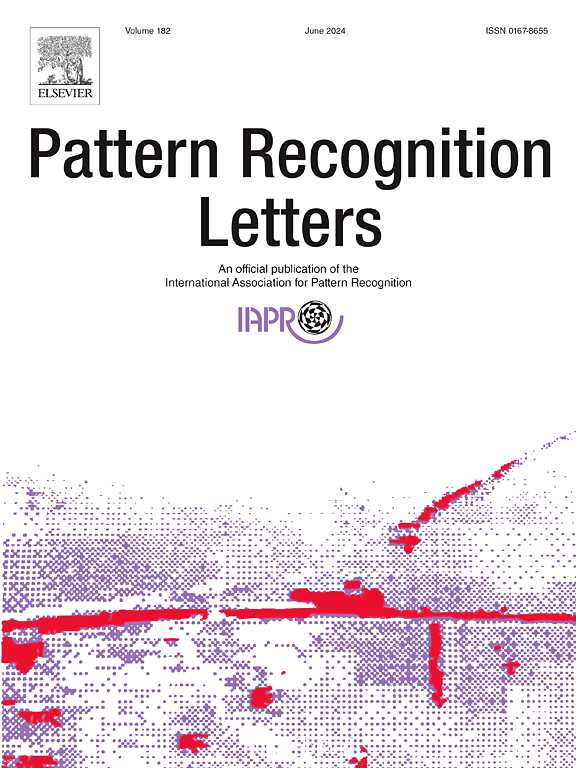Robust watermarks for audio diffusion models by quadrature amplitude modulation
IF 3.3
3区 计算机科学
Q2 COMPUTER SCIENCE, ARTIFICIAL INTELLIGENCE
引用次数: 0
Abstract
Generative models enable the creation of high-quality digital content, including images, videos, and audio, making these tools increasingly accessible to users. As their use grows, so does the need for robust copyright protection mechanisms. Existing watermarking methods, primarily post-hoc, can safeguard the copyrights of users but fail to protect service providers, leaving room for intentional misuse, such as erasing watermarks and falsely claiming originality. To address this, previous works proposed integrating watermarks into the noise initialization of diffusion models for image generation, ensuring robustness against attacks like cut-and-paste. However, this approach has not been investigated for audio generation, where the 1D nature of audio data requires fundamentally different techniques. In this paper, we propose a novel barcode-like watermarking method for audio diffusion models, leveraging 4-quadrature amplitude modulation (4-QAM) to embed twice as much information as amplitude modulation methods for existing image generations. Our approach demonstrates significantly improved robustness against attacks, including cut-and-paste, and outperforms state-of-the-art audio watermarking techniques in preserving information and ensuring copyright protection for both users and service providers.
正交调幅的音频扩散模型鲁棒水印
生成模型可以创建高质量的数字内容,包括图像、视频和音频,使用户越来越容易使用这些工具。随着它们使用的增加,对强有力的版权保护机制的需求也在增加。现有的水印方法,主要是事后水印,可以保护用户的版权,但不能保护服务提供者,为故意滥用留下了空间,例如擦除水印和谎称原创性。为了解决这个问题,以前的工作建议将水印集成到图像生成的扩散模型的噪声初始化中,以确保对剪切粘贴等攻击的鲁棒性。然而,这种方法还没有被研究用于音频生成,音频数据的一维性质需要完全不同的技术。在本文中,我们提出了一种新的类似条形码的音频扩散模型水印方法,利用4-正交调幅(4-QAM)来嵌入两倍于现有图像代调幅方法的信息。我们的方法显著提高了抗攻击的稳健性,包括剪切和粘贴,并且在保存信息和确保用户和服务提供商的版权保护方面优于最先进的音频水印技术。
本文章由计算机程序翻译,如有差异,请以英文原文为准。
求助全文
约1分钟内获得全文
求助全文
来源期刊

Pattern Recognition Letters
工程技术-计算机:人工智能
CiteScore
12.40
自引率
5.90%
发文量
287
审稿时长
9.1 months
期刊介绍:
Pattern Recognition Letters aims at rapid publication of concise articles of a broad interest in pattern recognition.
Subject areas include all the current fields of interest represented by the Technical Committees of the International Association of Pattern Recognition, and other developing themes involving learning and recognition.
 求助内容:
求助内容: 应助结果提醒方式:
应助结果提醒方式:


